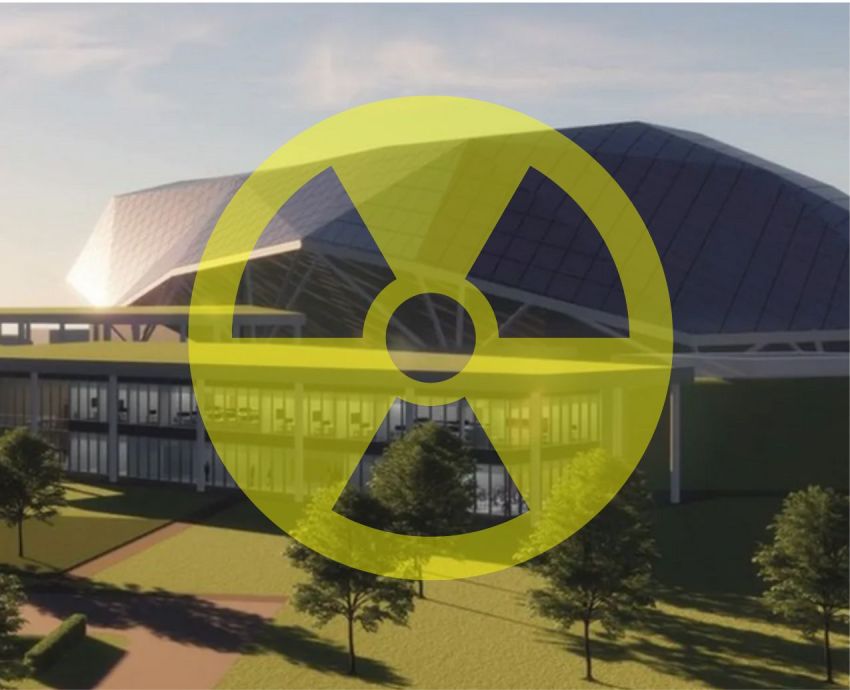
British Foreign Secretary David Cameron and Defence Secretary Grant Shapps recently visited Australia as part of the AUKMIN (Australia-United Kingdom Ministerial Consultations) talks.
A joint statement from the March 22 meeting, conducted with Defence Minister Richard Marles and Foreign Minister Penny Wong, was packed with trite observations about the nature of the “international order”.
Ministers “agreed the contemporary [British-Australian] relationship is responding in an agile and coordinated way to global challenges”.
Boxes were ticked with managerial rigour. Russia was condemned for its “full-scale, illegal and immoral invasion of Ukraine”, encouragement was offered to train Ukrainian personnel through Operation Kudu and joining the Drone Capability Coalition. There was “concern at the catastrophic humanitarian crisis in Gaza” and praise for the United Nations Convention on the Law of the Sea (UNCLOS) and “respect of navigation”.
The relevant pointers were to be found later in the statement.
Britain has been hoping for a greater engagement in the Indo-Pacific and the AUKUS bridge has been one excuse for doing so.
Accordingly, this signalled a “commitment to a comprehensive and modern defence relationship, underlined by the signing of the updated Agreement between the Government of Australia and the Government of the United Kingdom of Great Britain and Northern Ireland for Defence and Security Cooperation.”
When politicians seek to justify opening the public wallet, they use abstract, tired terms such as “unprecedented”, “threat” and “changing”.
Wong said: “Australia and the United Kingdom are building on our longstanding strategic partnership to address our challenging and rapidly changing world”.
Marles preferred the words “an increasingly complex strategic environment”.
Shapps followed a similar line. “Nuclear-powered submarines are not cheap, but we live in a much more dangerous world, where we are seeing a much more assertive region [with] China, a much more dangerous world all around with what is happening in the Middle East and Europe.”
Critics of AUKUS noted another round of promised disgorging, this time for the UK. Britain’s submarine industry is even more lagging than that of the United States.
Bringing Britannia aboard the subsidy truck is yet another signal that the AUKUS submarines, when and if they ever get off the design page, are guaranteed well deserved obsolescence or glorious unworkability.
A separate statement by the AUKUS partners glories in the SSN-AUKUS submarine, intended as a joint effort between BAE Systems and the Australian Submarine Corporation (ASC). (BAE Systems is behind the troubled Hunter-class frigate program, one plagued by difficulties in unproven capabilities.)
An already challenging series of ingredients is further complicated by the US role.
“SSN-AUKUS is being trilaterally developed, based on the United Kingdom’s next designs and incorporation technology from all three nations, including cutting edge United States submarine technologies.” This fiction “will be equipped for intelligence, surveillance, undersea warfare and strike missions, and will provide maximum interoperability among AUKUS partners”.
The ink on this is clear: the Royal Australian Navy will, as with any of the promised second-hand Virginia-class boats, be a subordinate partner.
A false sense of submarine construction is being conveyed through what is termed the “Optimal Pathway”, ostensibly to “create a stronger, more resilient trilateral submarine industrial base, supporting submarine production and maintenance in all three countries”.
In fact, Australia’s share of this entire effort is considerably greater than the two other partners, be it in terms of upgrading HMAS Stirling in Western Australia to permit British and US SSNs to dock as part of Submarine Rotational Force West from 2027 and infrastructure upgrades in South Australia.
It all has the appearance of garrisoning by foreign powers, a reality all the more startling given various upgrades to land and aerial platforms for the US in the Northern Territory.
The eye-opener in the AUKMIN chatter is Canberra’s promise to send $4.6 billion (£2.4 billion) to speed up lethargic construction at the Rolls-Royce nuclear reactor production line.
There are already questions that the reactor cores, being built at Derby, will be delayed for Britain’s own Dreadnought nuclear submarine.
The amount, Labor said, was deemed “an appropriate and proportionate contribution to expand production and accommodate Australia’s requirements”.
Ultimately, this absurd spectacle entails a windfall of cash, ill-deserved funding to two powers with little promise of returns and no guarantees of speedier boat construction.
The shipyards of Britain and the US can take much joy from this, as can those keen to further proliferate nuclear platforms.
We are being taken for mugs.